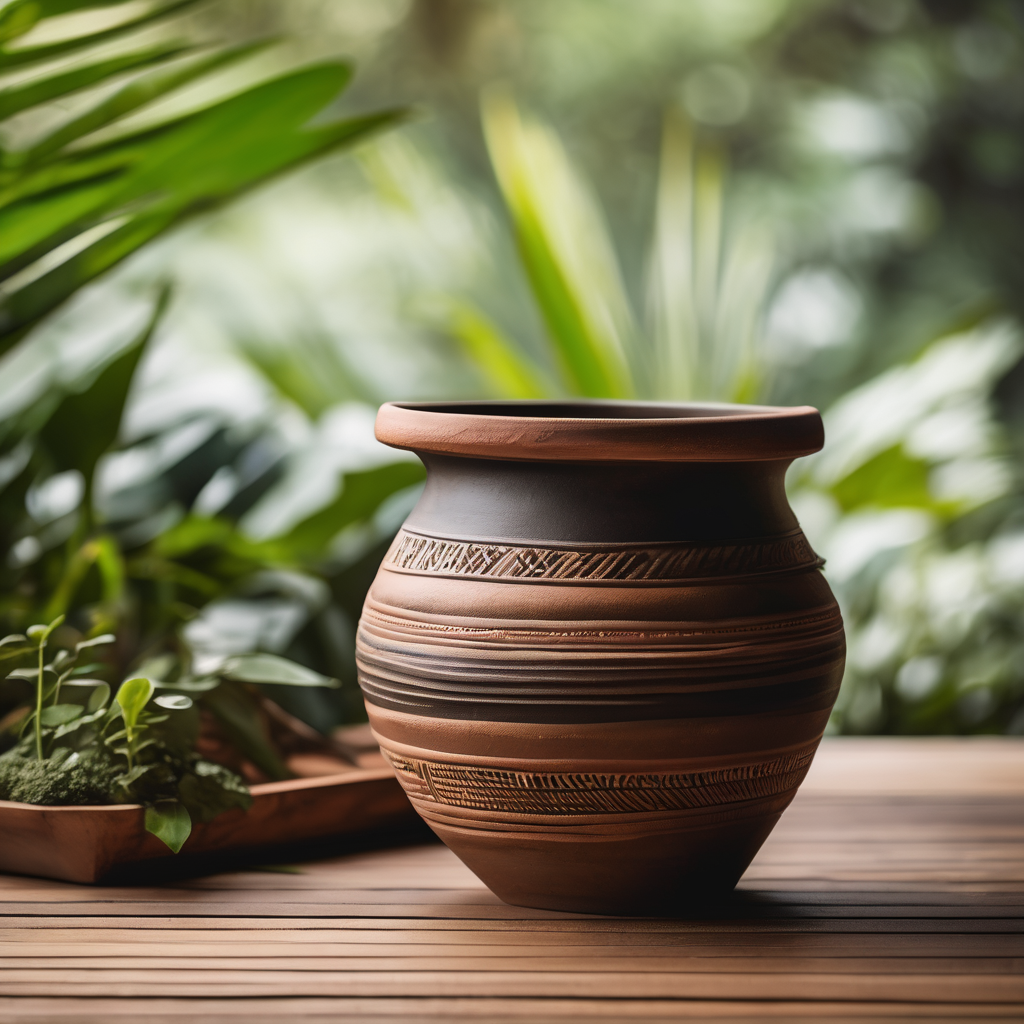In Nakabuta village, clay holds more than practical utility for the women masterfully shaping it into pottery; it is a profound emblem of cultural identity. Known as tulituli or tuli koro, the craft of creating clay pots is both a vital means of subsistence and a living testament to cultural heritage. This art form is deeply anchored in Indigenous and Traditional Knowledge (ITK), forming a critical element of the iTaukei people’s cultural legacy, uniting them with their land, resources, and one another.
The ongoing Na Vuku Ni Vanua Conference, hosted by the Fiji National University alongside the Pacific Community, the World Bank’s EnABLE program, and the Ministry of iTaukei Affairs, centers around the integration of ITK in reinforcing climate resilience, cultural persistence, and sustainable futures. Amidst this conference, Milinia Sivo, a 57-year-old potter from Nakabuta, demonstrates these themes vividly. Her skill in crafting clay pots not only sustains an ancient tradition but also bridges history with current conservation efforts.
For Milinia and her community, pottery transcends the role of mere economic activity to become a narrative of cultural endurance. The traditional techniques passed down through generations have funded community projects, such as the village church, and continue to draw tourists, providing both cultural and economic benefits to the village.
Reflecting themes seen across Fijian communities, the pots Milinia creates are imbued with cultural significance, regarded as yau vakavanua, or cultural treasures. These pots establish connections beyond Nakabuta, participating in cultural ceremonies and exchanges, such as with the Tui Nayau, where they serve ceremonial functions. Her lineage, rich with the legacy of potters, signifies not merely a craft but an enduring identity sustained through familial transmission.
The meticulous process of pot-making, using solely natural materials like stones, sticks, and shells, eschews modern machinery, emphasizing the importance of preserving traditional methods. The artistry demands not only skill and patience but a profound connection to the land and cultural heritage.
Although pottery serves economic functions, for Milinia, it embodies cultural expression and preservation. By engaging the younger generation in learning through observation and practice, these traditions adapt and endure amidst global influences.
This dedication echoes global initiatives promoting traditional knowledge and crafts as avenues for economic development and cultural continuity. Community leaders and advocates assert that integrating tradition into modern contexts strengthens communal resilience and self-identity.
Milinia’s narrative serves as an uplifting reminder of tradition’s enduring power in shaping identity and community. The Na Vuku Ni Vanua Conference underscores the crucial role of indigenous knowledge preservation amid contemporary challenges, highlighting the seamless blend of iTaukei identity, ancestral tradition, and artistry. In this shared journey, cultural identity becomes a paradigm of resilience and hope for future generations.
